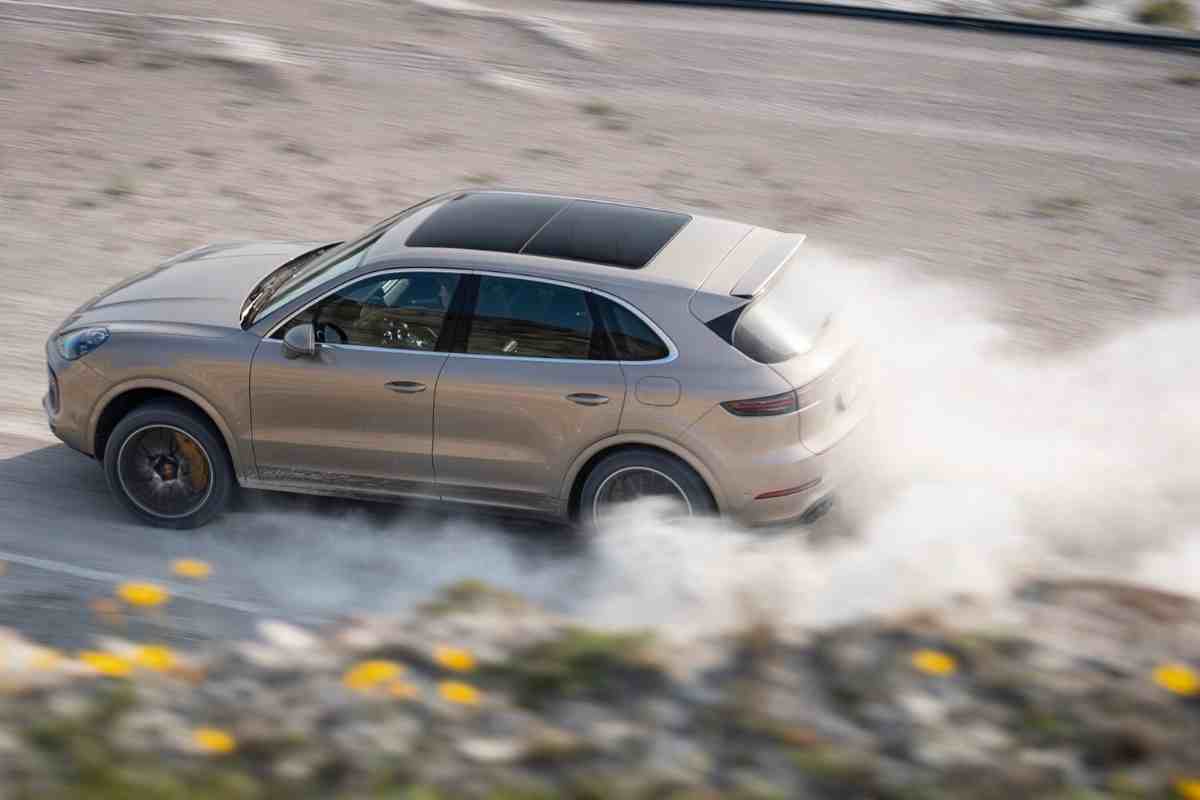The Hidden Costs of Driving a Porsche Cayenne
Why I’m Hesitant to Buy a Porsche Cayenne (Even Though I Really Want One)
An enthusiast’s deep dive into the most common Porsche Cayenne problems—and what they could cost you

I’ve always had a thing for the Porsche Cayenne. It’s the perfect mix of performance, luxury, and utility. You get the badge, the handling, and an SUV that doesn’t look like everything else on the road. But there’s one thing that’s kept me from pulling the trigger: maintenance.
As much as I love the idea of owning a Porsche, I’ve read too many stories about expensive repairs, especially once the vehicle is out of warranty. So, I decided to dig deeper into what typically goes wrong with the Cayenne. Here’s what I found—broken down by system—and what it could mean if you’re considering one, too.
Transmission Troubles
Cayenne transmissions are generally solid, but they’re not immune to issues—especially on earlier models or those with higher mileage.
Some common symptoms I came across:
- Delayed shifting (usually felt when accelerating or decelerating)
- Jerky acceleration or “gear hunting”
- Grinding or whining noises
- Shuddering or shaking under load
- Burning smell, possibly from overheated fluid or a slipping clutch pack
A number of owners have reported problems with the Tiptronic automatic transmission in first-gen models (2003–2010), especially around the 100k-mile mark. And on newer models with the 8-speed automatic, torque converter issues can crop up, though it’s less common.
According to Firestone Complete Auto Care, a failing transmission doesn’t just affect performance—it hits fuel economy too. If your Cayenne’s transmission isn’t running efficiently, you’re going to burn more gas while wondering if you’re burning up the gearbox, too.
🛠️ Pro tip: Regular transmission fluid changes (every 40,000–60,000 miles) can help avoid major issues. Don’t tow beyond the rated capacity, and avoid aggressive downshifting in hilly terrain unless you’re using manual mode correctly.
Stalling Scares
A car stalling while driving is never fun—especially when it’s a performance SUV with a big V6 or V8 under the hood.
Here’s what commonly causes stalling in the Cayenne:
- Bad fuel pumps or clogged fuel filters (pretty common on older models)
- Failing torque converters
- Corrosion in ignition wiring (especially in humid climates)
- Faulty mass airflow (MAF) or oxygen sensors
- EGR valve clogging, leading to rough idle and cutoffs
If your Cayenne starts stalling intermittently, it’s worth checking for TSBs (Technical Service Bulletins). Porsche issued several TSBs for stalling and rough idle, particularly on 2011–2014 models with the 3.6L V6.

💡 Lesson learned: These aren’t DIY fixes unless you’ve got a scan tool and a decent garage setup. Best to get a trusted shop to run diagnostics before a small issue becomes a bigger (and more expensive) one.
Windshield Wiper Weirdness
This one surprised me, but yes, Cayennes—especially older models—have been known to suffer from wiper failures.
What goes wrong:
- Blown fuse or failed relay
- Dead wiper motor
- Broken hood latch sensor, which tricks the ECU into thinking the hood is open and disables the wipers
- Wiring harness issues under the hood
While it’s not as dramatic as an engine issue, this can become a safety concern fast if you get caught in heavy rain or snow. Fortunately, most of these are relatively cheap fixes. Still, I saw a few owner reports where faulty electronics turned into longer, pricier repairs.
👀 Worth watching: Make sure the hood latches completely—if not, the car might think it’s open and disable the wipers altogether.
Engine Woes
The Cayenne’s engine is its soul—whether it’s the base V6, the turbo V8, or the hybrid setup, these are performance engines. But performance often comes at the cost of long-term reliability.
The most common engine issues I found:
- High oil consumption (especially in early V8s and turbo models)
- Coolant leaks, often from the plastic coolant pipes used in first-gen models (Porsche later upgraded these to aluminum)
- Misfires due to coil pack failures
- Valve cover and timing chain tensioner leaks
- Rattling sounds, which could point to timing chain problems
According to forums like Rennlist and owner reports from CarComplaints, the 2011–2014 Cayenne S with the 4.8L V8 is particularly prone to cylinder scoring—a serious and expensive issue that usually requires a full engine rebuild or replacement. Not something you want to mess with out of warranty.
💸 What it costs: An engine rebuild can run $10k–$20k depending on labor rates and parts. Even basic maintenance like oil changes or spark plug replacements cost more than your average SUV.
So, Is the Cayenne Worth It?
Honestly, it depends on the year, the model, and how much of a risk you’re willing to take. The newer the Cayenne, the more reliable it seems to be—but also, the more expensive. Models from 2015 onward (especially the 958.2 generation) seem to have fewer major complaints, thanks to improved electronics and engine tweaks.
But it’s still a luxury performance vehicle. Maintenance isn’t going to be cheap. Even a routine brake job could cost $1,000+, and major repairs can hit five figures.
For now, I’m still holding off. The Cayenne remains high on my dream garage list, but unless I find one with a full maintenance history and maybe a certified pre-owned warranty, I’m sticking with something a little more predictable.
